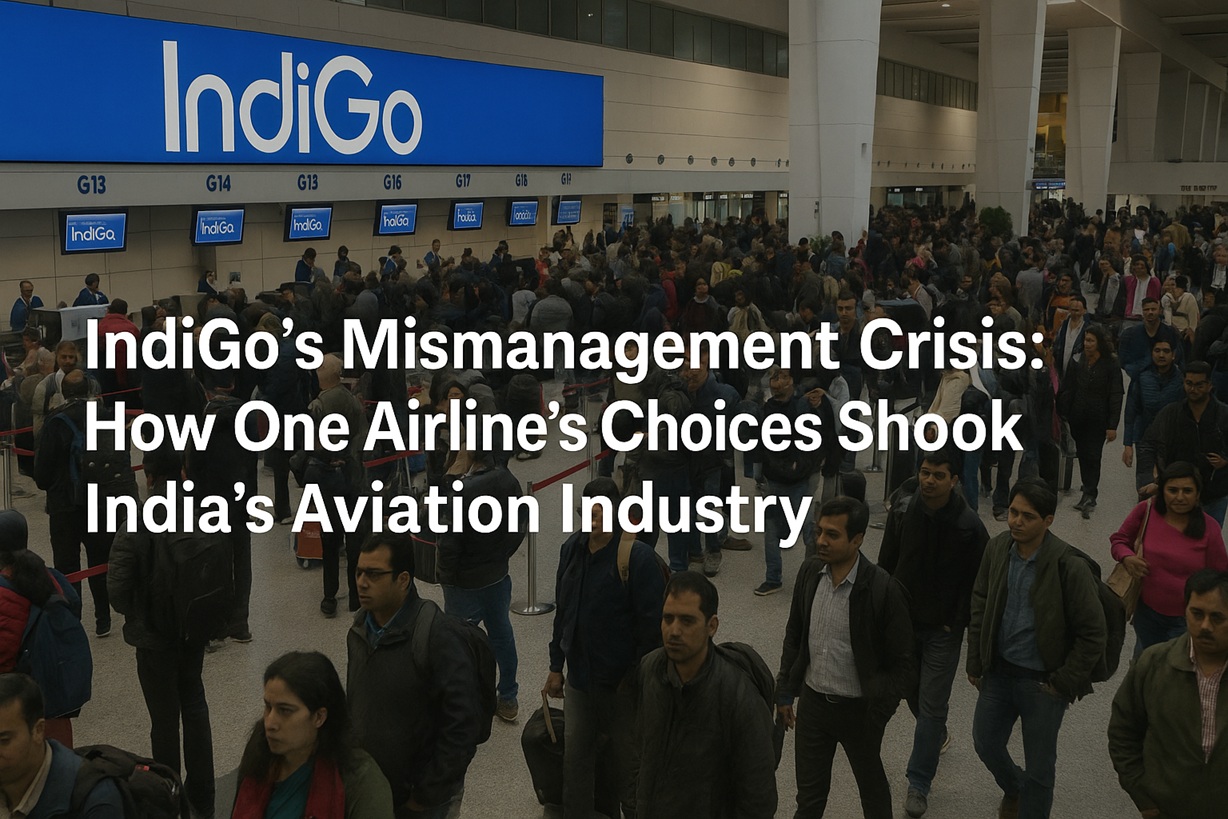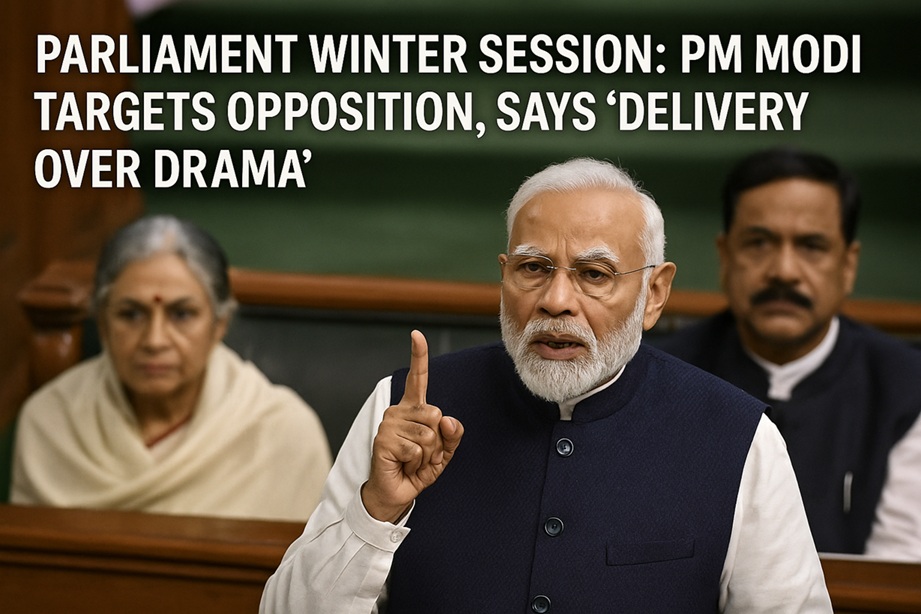In the past 72 hours, Indian aviation has faced an unprecedented series of disruptions due to bomb threats targeting multiple airlines, including Air India, Indigo, SpiceJet, and AKASA Air. These threats, posted on social media platforms, included specific flight numbers and alarming claims ranging from explosives like 6 kilos of RDX being onboard to terrorists prepared to detonate bombs. Although all the threats were eventually determined to be hoaxes, the consequences were widespread and damaging. Airlines had to deal with mass panic, significant operational delays, flight diversions, and escalated security measures across both domestic and international flights.
Chronology of the Threats:
The first wave of threats began on Monday, affecting flights originating from Mumbai. Three international flights were either delayed or diverted, causing chaos for passengers and airlines alike. As the situation developed, the threat count reached 12 by Wednesday, with disruptions intensifying on Tuesday. Seven more flights were delayed, including an Air India flight traveling from Delhi to Chicago, which had to make an emergency landing at a Canadian airport as a precaution.
Another high-profile incident involved an Air India flight from Madurai to Singapore. A bomb threat to this flight triggered Singaporean authorities to scramble fighter jets to escort the plane away from populated areas and into secure airspace until the threat could be fully assessed. By Wednesday, more threats surfaced, affecting an Indigo flight from Mumbai to Delhi and an AASA Air flight from Delhi to Bengaluru, bringing the total to 12 disrupted flights.
The Panic and Response:
While passengers and crews were eventually reassured that the bomb threats were false, the immediate reaction was one of panic and fear. For airlines, the safety of passengers is paramount, and even unverified threats require the highest levels of precaution. This triggered an extensive chain reaction, including:
- Emergency Landings: Planes were diverted to nearby airports, sometimes internationally, causing significant logistical complications and costs.
- Flight Delays and Cancellations: Due to bomb threat protocols, many flights were delayed for hours as bomb disposal squads, sniffer dogs, and security personnel combed through the planes and baggage.
- Diversions: Flights were rerouted mid-air, leading to significant disruptions for passengers, increased fuel costs, and operational challenges for the airlines.
The ripple effect of these disruptions extended beyond the immediate flights in question, as airport schedules were thrown off, leading to a cascading series of delays affecting other flights, passengers, and airlines.
Who’s Behind the Hoaxes?
With these threats confirmed as hoaxes, the pressing question remains: who orchestrated them, and why? As of now, authorities have made significant progress in the investigation, leading to the detention of a 17-year-old boy from Chhattisgarh. The teenager, a Class 11 student, is alleged to have posted bomb threat messages on the social media platform X (formerly Twitter), attempting to frame a 31-year-old man with whom he had a history of personal disputes.
The ongoing investigation revealed that the two individuals had been involved in a long-standing conflict that included financial disagreements over a sum of 3 lakh rupees and a sexual assault case. The teenager’s aim, according to preliminary findings, was to settle scores by implicating the older man through the hoax threats. Both the boy and his father are currently under investigation, with authorities looking deeper into whether this young individual acted alone or if there are other individuals involved in the wider series of threats.
Security Measures and International Reactions:
In the wake of these threats, Indian authorities have increased security measures at airports and aboard flights, including the deployment of more sky marshals to guard against any potential risks. Bomb threats, whether hoaxes or not, activate a wide array of safety protocols, including:
- The involvement of bomb disposal squads at airports.
- The use of sniffer dogs to inspect planes and baggage.
- Ambulances and emergency medical services stationed at airports in case of an actual threat.
- Police and international aviation agencies being placed on high alert.
Given that several international flights were targeted, countries such as Singapore and Canada have also launched their own investigations into the incidents. In Singapore’s case, fighter jets were deployed as part of the response to the bomb threat, demonstrating how seriously such situations are taken by global security agencies.
The Financial Fallout:
Although no actual bombs were found, the cost of responding to these threats has been high. The disruptions caused by flight diversions, delays, and increased security measures have had a direct financial impact on airlines and aviation agencies.
- Flight Diversions and Delays: Diverting planes to alternative airports incurs significant costs, from additional fuel expenses to landing fees, crew overtime, and compensating passengers for delayed or canceled flights.
- Security Costs: The deployment of specialized bomb disposal units, sniffer dogs, and additional airport security personnel results in added expenses for both airports and airlines. International cooperation also brings additional costs when flights are diverted to foreign territories, as seen in the case of the Air India flight that landed in Canada.
- Operational Downtime: The cascading delays caused by bomb threat protocols result in the rescheduling of multiple flights, often throwing off an airline’s entire day of operations. This affects revenue not just from the specific flights that were threatened, but also from any subsequent flights that are delayed due to the logistical backlog.
- Reputational Damage: Airlines must maintain the trust and confidence of passengers. Repeated bomb threats, even if false, can lead to a decline in bookings as passengers may opt for alternative airlines or transportation methods out of fear for their safety.
Ongoing Investigations and Legal Consequences:
Authorities are still trying to determine whether this series of bomb threats can be attributed to the detained teenager alone or if more people were involved in orchestrating the chaos. While the boy is currently the only suspect, investigators are examining the possibility that others may have been involved or that copycats could be behind the additional threats.
Legal action is expected to follow, with the suspect likely to face charges under Indian penal codes related to terrorism hoaxes, endangering public safety, and misuse of social media platforms. The Indian government is also considering placing individuals involved in such hoaxes on no-fly lists and pursuing harsher penalties to serve as a deterrent for future offenders.
Ensuring Future Safety in Indian Skies
While the immediate threats were deemed hoaxes, the damage—both financial and psychological—has been significant. The costs incurred by airlines, passengers, and security agencies highlight the seriousness of bomb threats, even when false. Moving forward, Indian authorities are focusing on tightening security measures and expediting investigations to ensure such incidents do not recur. The aviation industry relies on a balance of safety and efficiency, and while heightened security measures are necessary, they must be implemented in a way that minimizes operational disruption.
At the same time, the international involvement from countries like Singapore and Canada shows that aviation security is a global concern. The coordinated response across nations demonstrates a commitment to maintaining safety in the skies and preventing hoaxes from causing widespread panic and financial damage. The hope is that this incident serves as a lesson, not just in India, but globally, about the importance of vigilance and quick, effective responses to threats—real or fake.
In the coming weeks, further investigation will likely reveal more details about the individual(s) behind these threats and whether legal actions will set a strong precedent against such behavior. In the meantime, airlines and passengers can only hope that security improvements will prevent a repeat of this week’s chaos.





